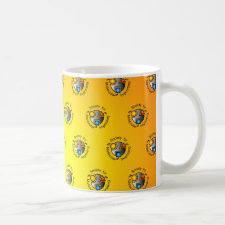
Authors: Ying XG, Zhu XF, Li DS, Li X
Article Title: Preparation and specific recognition of protein macromolecularly imprinted polyampholyte hydrogel.
Publication date: 2019
Journal: Talanta
Volume: 192
Page numbers: 14-23.
DOI: 10.1016/j.talanta.2018.08.084
Alternative URL: http://www.sciencedirect.com/science/article/pii/S0039914018309019
Abstract: Bovine serum albumin (BSA) imprinted polyampholyte hydrogels (PAHs) were prepared by free radical polymerization using acrylamide (Am) as structural monomer, N-isopropylacrylamide (NIPAm), [2-(methacryloyloxy)ethyl]trimethylammonium chloride (DMC) and 2-acrylamido-2-methyl-1-propanesulfonic acid (AMPS) as functional monomers and N,N'-methylenebisacrylamide (MBA) as crosslinker in aqueous solution. The morphology of imprinted hydrogels and non-imprinted hydrogels were characterized by scanning electron microscope (SEM). The adsorption and recognition properties were evaluated as functions of Am monomer concentration, NIPAm/Am molar ratio, crosslinking structure and charge density ratio etc. The adsorption capacity and association constant of specific interaction between hydrogel and template protein were analyzed by Langmuir isotherm model and Freundlich model. The fitting experimental data suggested that this adsorption was better described as a monolayer adsorption. The specific adsorption on hydrogel with different crosslinking structure was investigated by selective binding BSA from single solution and binary mixture solution. The charge density ratio in molecular imprinting hydrogel had obvious influence for protein adsorption and recognition. The resultant of regeneration tests showed that elution had large impact on deterioration of the imprinting structure
Template and target information: protein, bovine serum albumin, BSA
Author keywords: molecular imprinting, protein, acrylamide, Polyampholyte, hydrogel, crosslinking



Join the Society for Molecular Imprinting

New items RSS feed
Sign-up for e-mail updates:
Choose between receiving an occasional newsletter or more frequent e-mail alerts.
Click here to go to the sign-up page.
Is your name elemental or peptidic? Enter your name and find out by clicking either of the buttons below!
Other products you may like:
 MIPdatabase
MIPdatabase









